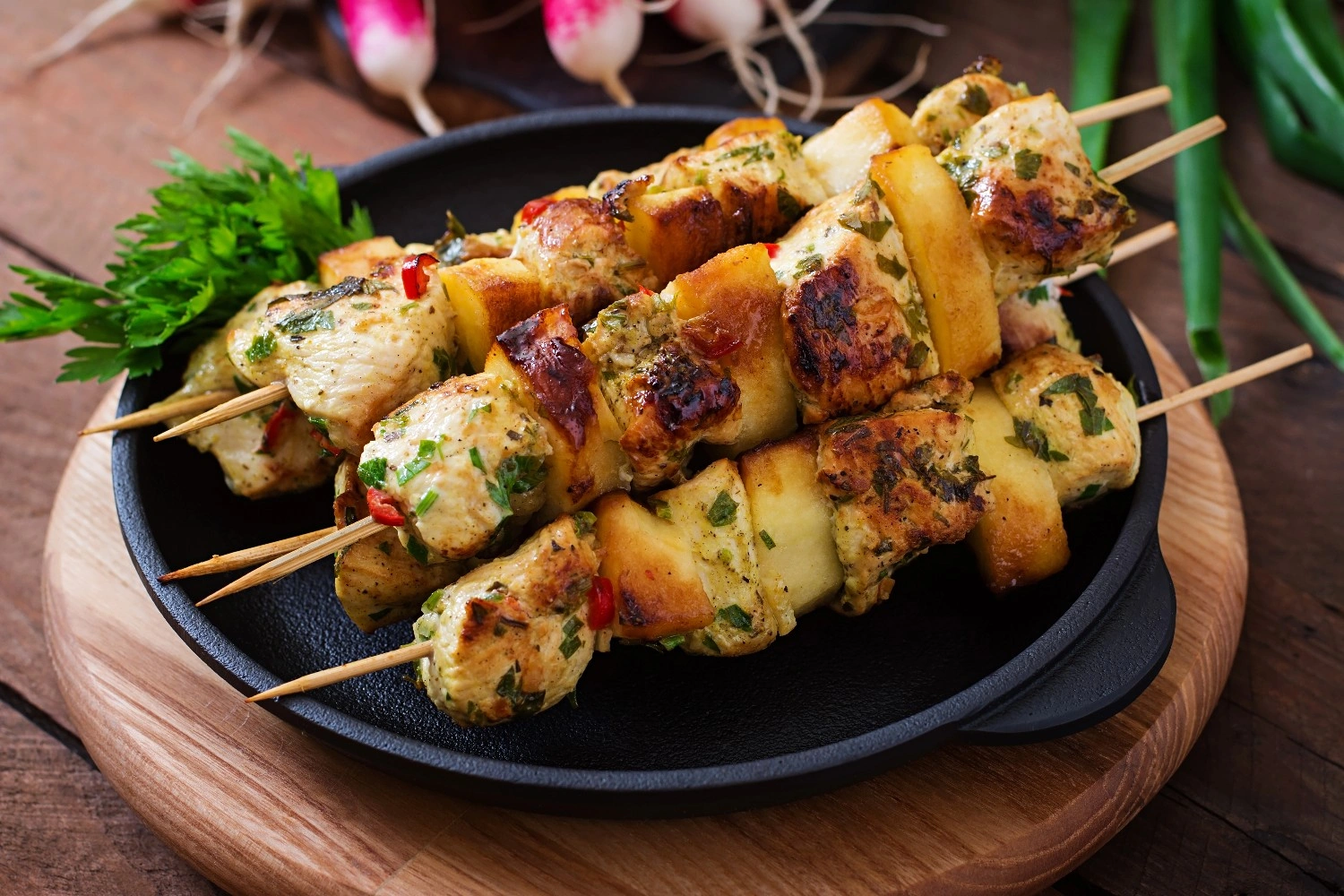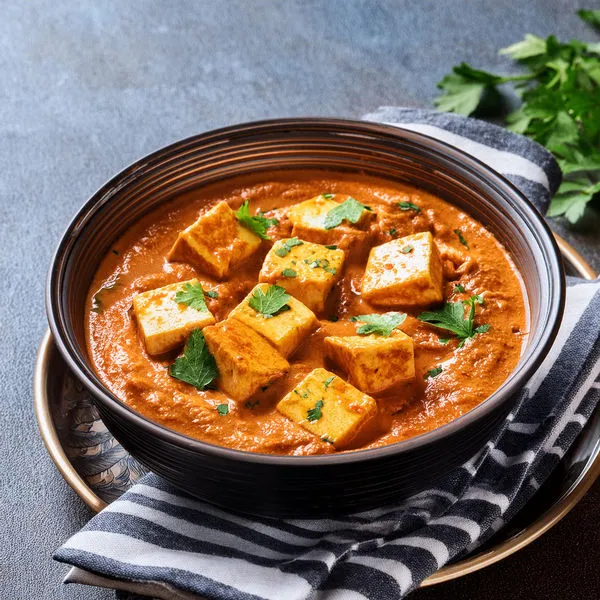
Authentic Indian & Indo-Chinese Cuisine. Unforgettable Flavors.

Choose your location to order online or view our menu and enjoy your favorite dishes delivered or for pickup.



Discover our handcrafted premium dishes, made with the finest
ingredients. Each creation combines delightful textures and flavors for
a truly Indian experience you won't forget.
We're passionate about preserving authentic Indian flavors while
introducing our unique Indo-Chinese fusion. Our chef brings
traditional recipes and Hakka cuisine with signature grilled dishes.
Discover why Calgary loves Sizzling Grill. Our signature dishes combine authentic Indian and Indo-Chinese flavors with modern presentation, creating an unforgettable dining experience featuring our famous Hakka specialties and Indian BBQ.

A standout item on the menu, praised by customers for their exceptional flavor and presentation.

Steamed and pan-fried dumplings, a highly recommended Indo-Chinese appetizer with great flavor.

An Indo-Chinese classic and favorite of the restaurant's owners, celebrated for its distinctive spicy kick and comforting flavor.

Savory minced meat kebab regularly featured in the restaurant's marketing and buffet promotions, a popular choice.

An all-time favorite, this rich and creamy chicken dish is grilled and simmered in a creamy tomato-fenugreek sauce.

A creamy and buttery North Indian curry featuring soft paneer cubes, the ultimate comfort food.

At Sizzling Grill, we pride ourselves on crafting authentic and flavorful Indian and Indo-Chinese dishes that tantalize your taste buds. Our chefs blend traditional recipes with expert grilling techniques to deliver a dining experience like no other. From aromatic Hakka noodles to sizzling kebabs and creamy curries, every bite tells a story of rich Indian heritage and Indo-Chinese fusion. Whether you're dining in, ordering takeout, or planning an event, we ensure each dish meets our high standards of quality and taste.
Have questions about our menu, services, or locations? We're here to help!
You can place your order online through our official ordering platforms:
We deliver to multiple neighborhoods across Calgary. Delivery fees and minimum order requirements may vary by location.
From our Cityscape location:
Skyview Ranch,
Redstone,
Cornerstone,
Saddle Ridge,
Savanna,
Taradale,
Martindale,
Coral Springs,
Balzac,
Livingston
From our Coventry location:
Coventry Hills,
Country Hills,
Country Hills Village,
Harvest Hills,
Panorama Hills,
Hidden Valley,
Sandstone Valley,
Beddington Heights,
Nolan Hill,
Hamptons
Yes! We offer a wide variety of vegetarian dishes including Paneer Butter Masala and Tandoori Soya Chaap. All our dishes are prepared with authentic Indian spices and fresh ingredients.
Our most popular dishes include
Each dish is crafted with authentic spices and expert grilling techniques.We have two convenient locations in Calgary:
Our Cityscape location is open:
- Sunday to Thursday: 12:00 PM to 12:00 AM
- Friday and Saturday: 12:00 PM to 2:00 AM
Our Coventry location is open:
- Sunday to Thursday: 12:00 PM to 10:00 PM
- Friday and Saturday: 12:00 PM to 11:00 PM
Yes! We offer catering services for all types of events including weddings, corporate functions, and private parties. Our experienced team will work with you to create the perfect menu for your special occasion.
Yes, our team is happy to accommodate dietary restrictions and food allergies. Please inform our staff about any allergies while placing your order, and we will take appropriate precautions in preparing your meal.